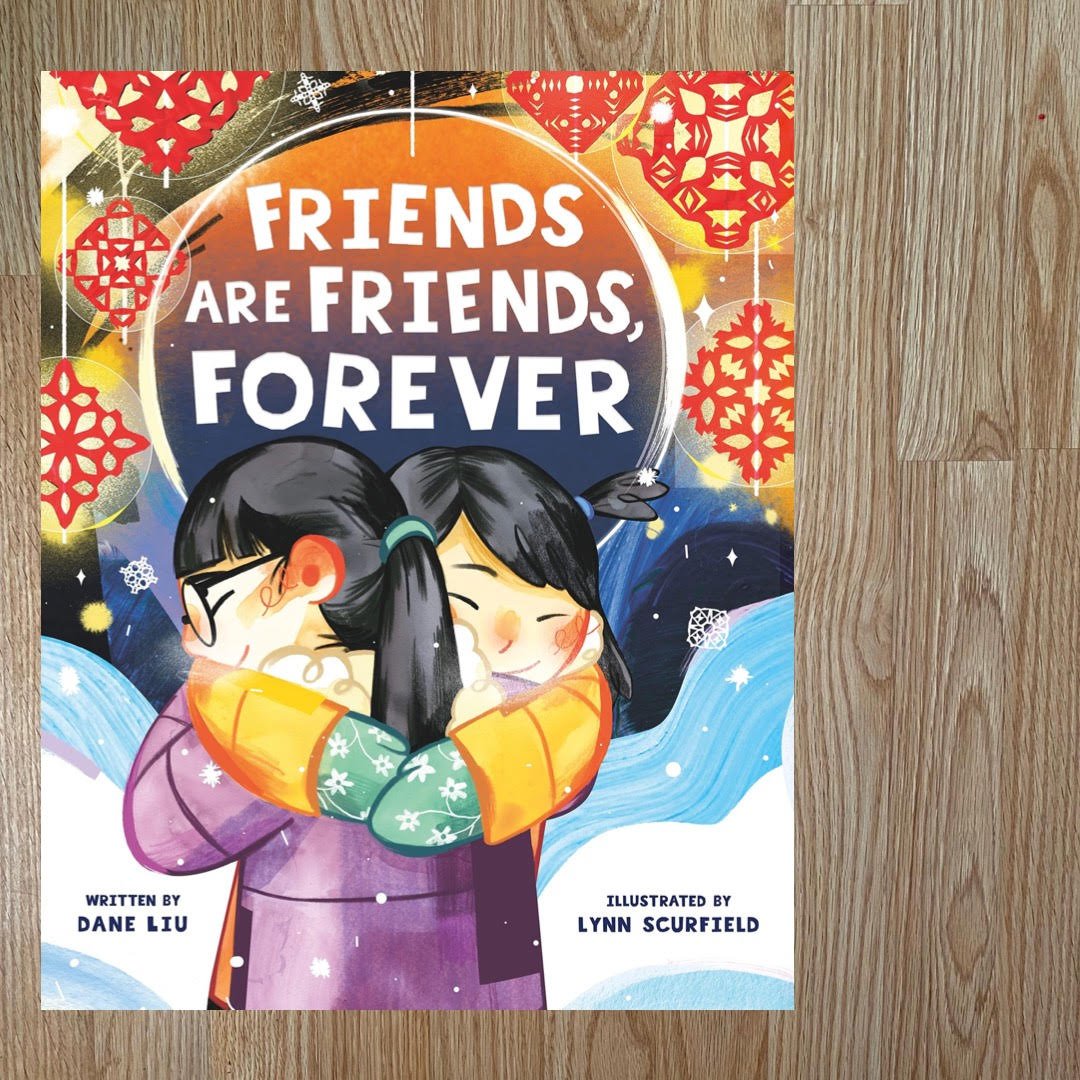By Christine McFaul
The Summer Place is a humorous and heartfelt novel by New York Times bestselling author Jennifer Weiner (see also In Her Shoes and That Summer).
When Ruby announces her engagement to her pandemic boyfriend, Sarah Danhauser works hard to bite her tongue. A feat which proves especially difficult when she learns that Ruby has already set a date and Sarah’s mother Veronica has volunteered to host the wedding at the family’s old beach house in Cape Cod. Sarah is certain that at 22 years old and with only three months to go before the big day, Ruby is rushing headlong into a huge mistake. She also knows that there is no stopping her headstrong stepdaughter once she sets her mind on achieving something.
But life, family, and decisions are never as cut and dry as they seem.
Case in point: Ruby isn't as sure about her decision to get married as she might appear. Accustomed to always knowing exactly what she wants, Ruby struggles to acknowledge that maybe this time she’s got it wrong. Veronica, however, is thrilled at the opportunity to gather her wayward family together at the old beach house. Especially since, unbeknownst to her children, it is set to go on the market as soon as the wedding is over.
As the days tick by, even level-headed Sarah begins to question herself. Increasingly frustrated with her husband who has been mentally checked out of their relationship for months, Sarah contemplates the various futures she might have had if she hadn’t been so afraid to take a risk. But what starts as “what could have been” quickly becomes “what could still be” when someone from Sarah's past suddenly reappears in her life.
With the date of Ruby's wedding fast approaching, the exposure of old secrets, hopes, and hidden dreams will test the connections, bonds, and love that tie Sarah’s family together. But if there’s one place that can withstand a storm, it’s the old family beach house.
The Summer Place unfolds at a leisurely pace and is told through multiple points of view—a favourite narrative style of mine when well executed, and it is very well executed here. Weiner artfully weaves together the inner thoughts and nuanced quirks of each of her characters, creating a warmth and familiarity that leaves the reader feeling like they have been enfolded within the circle of an old group of friends. And although some of the plot points fell a little flat, what did linger after the last page was turned were Weiner’s sharp observations and lush descriptions of childhood summers spent at a family beach house. Layering questions and assumptions around class and privilege alongside nostalgia, traditions, and the sheer beauty of the coast, Weiner crafts a bittersweet and beautifully turned ode to a Cape Cod summer.
At its heart, The Summer Place is a story about the shifting shapes of the secrets we keep, the ways in which we love, and the families we choose to form. With a vibe that invokes vibrant sunsets, firefly nights, and the sea-salt air of a coastal beach house, this book would be a solid contender for any upcoming summer reading lists.
Interesting to note, set in a post-pandemic world, Weiner approaches what is relatively new ground for fiction with a light touch and in the rearview mirror. This is the first fictional book I’ve read where Covid quarantine forms part of the character’s backstory. Weiner chose observations and experiences that were well-suited both to the world her characters inhabit as well as to the genre itself.
Thank you to Simon and Schuster Canada for the complimentary copy in exchange for an honest review.





















